When you consider getting tattoos, one of the central questions often revolves around how much pain you might endure during the tattooing process. For many, the idea of a needle repeatedly piercing the skin is intimidating. Over time, various methods have surfaced to help manage this pain, and one popular option is the application of numbing cream. The concept of achieving a more comfortable tattoo experience is appealing to those who are anxious about pain or simply want to reduce discomfort.
However, before you opt to use numbing cream, it’s vital to have a full understanding of what it is, how it works, and what side effects or risks might be involved. Tattoos are a permanent addition to your skin, and the level of pain you encounter can influence how you perceive the entire process. Some see the pain as part of the journey, while others prefer methods that reduce pain as much as possible. This article will provide expert guidance, outline the pros and cons, and help you make a well-informed decision.
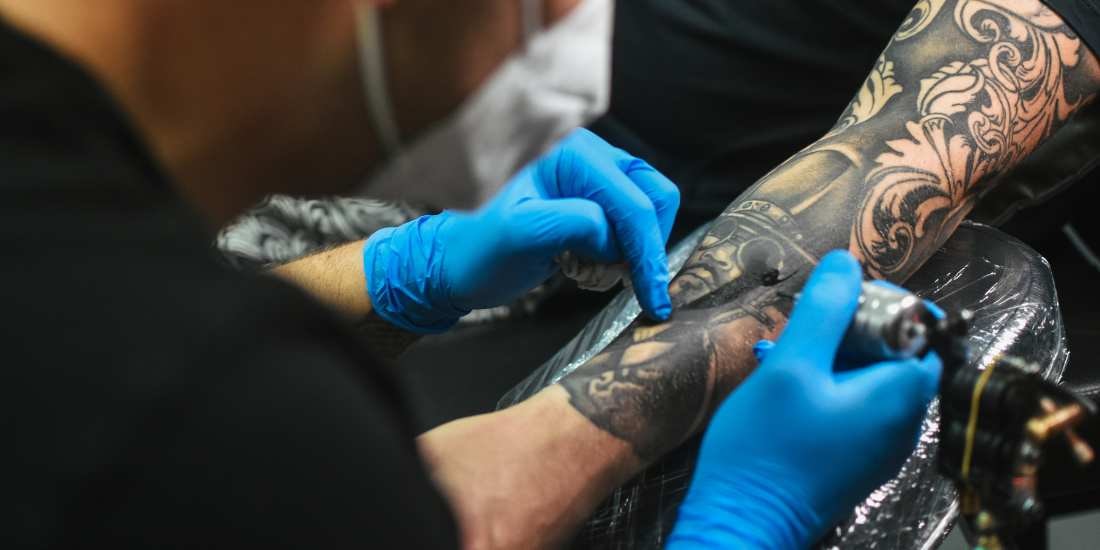
What Is Tattoo Numbing Cream?
A numbing cream is a type of topical anesthetic product applied directly to the skin before getting tattoos. Its purpose is to lower the pain level by interacting with the nerves in the tattooed area. These creams typically contain active ingredients like lidocaine, benzocaine, or similar compounds known for their anesthetic properties. By targeting pain receptors and reducing their ability to transmit painful signals to the brain, numbing cream can lessen the intensity of sensation caused by the tattoo needle.
Commonly available over the counter, though sometimes requiring a prescription for stronger formulas, a numbing cream provides a barrier of relief between the body and the pain stimuli. While these creams are not guaranteed to completely eliminate pain, many find that they significantly reduce discomfort. For people who suffer from anxiety related to getting a tattoo, the possibility of a painless tattoo cream can be quite appealing.
It’s important to note that the effectiveness of a numbing cream may vary from person to person. Factors like individual skin sensitivity, the thickness of the skin in the chosen area, and the cream’s potency influence how well it works. Additionally, reading product labels carefully is crucial to understand the concentration of ingredients and any precautions you must take before applying it to your skin.

How Does Tattoo Numbing Cream Work?
Tattoo numbing cream works by using numbing agents—such as lidocaine—that block or reduce the transmission of pain signals through the nerves. When you apply a thick layer of cream and give it time to absorb, it penetrates the outer layers of the skin, dulling the communication between the needle and your nervous system. By creating a numbing effect, the cream helps you perceive less pain during the tattoo session.
A frequently recommended concentration is around five percent lidocaine, which many find provides a potent level of relief. Once the cream has had time to work, the skin area feels less sensitive. While you may still feel pressure or mild sensations, the intensity of pain often decreases considerably. The result is a more tolerable experience, which can be particularly helpful if you’re getting a new tattoo in a sensitive area, such as near the ribs or on the feet.
Keep in mind that proper application and timing are essential. Most numbing creams need at least 30 to 60 minutes to achieve effective numbing results. If you rush the process or fail to follow application instructions, you might not experience the full benefits. A well-chosen cream, correctly applied, can help manage discomfort, allowing you to remain calmer and more focused throughout your tattoo session.
Common Active Ingredients in Numbing Creams
Most numbing creams contain active ingredients designed to reduce pain by working directly on the nerves and pain receptors. Lidocaine is a common choice due to its reliable performance and broad availability. Benzocaine is another ingredient sometimes found in numbing formulas. Both are local anesthetics that can temporarily dull sensations, making the skin less responsive to painful stimuli.
In addition to these main ingredients, many creams include other ingredients to help with absorption or stability. Some also contain compounds that reduce the likelihood of skin irritation. Because each product can differ, it’s important to compare brands and read labels. Most numbing creams, especially those with lidocaine, are developed to produce a consistent numbing effect if you apply them as directed.
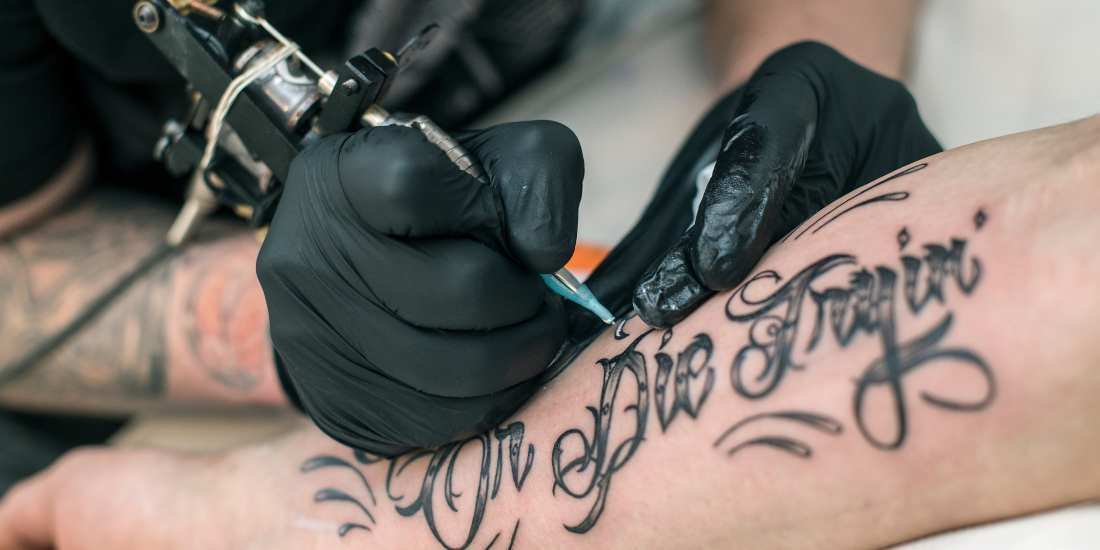
If you are particularly sensitive or have allergies, pay attention to the presence of other ingredients. A patch test before the full application is a wise step. This precaution helps ensure you won’t experience severe irritation or an unexpected reaction once the cream is applied directly to a larger tattooed area.
Benefits of Using Tattoo Numbing Cream
There are several reasons why individuals choose to use numbing cream before getting tattoos. The most obvious benefit is that it can reduce pain significantly. For those who have a low pain threshold or who are getting inked in a highly sensitive region, numbing cream can help turn a painful process into a more manageable one. By creating a numbing effect, the cream assists in lowering the overall intensity of pain you might feel as the artist works.
Another advantage is that by reducing discomfort, you can potentially sit for longer tattoo sessions with fewer interruptions. This may allow the tattoo artist to complete larger or more complex designs more efficiently. Fewer breaks can translate to a faster completion of the design, saving both time and stress. Furthermore, when you use numbing cream, you may experience less anxiety about the tattooing process. Knowing that the pain will be minimized can make the entire tattoo experience feel less daunting.
Additionally, easing pain can help reduce tension in your body. When you are more relaxed, the artist can often work with greater precision. Your ability to remain still and calm plays a significant role in ensuring clean lines and even color saturation. In this way, numbing cream indirectly contributes to potentially better final results, making the effort well worthwhile for many individuals.
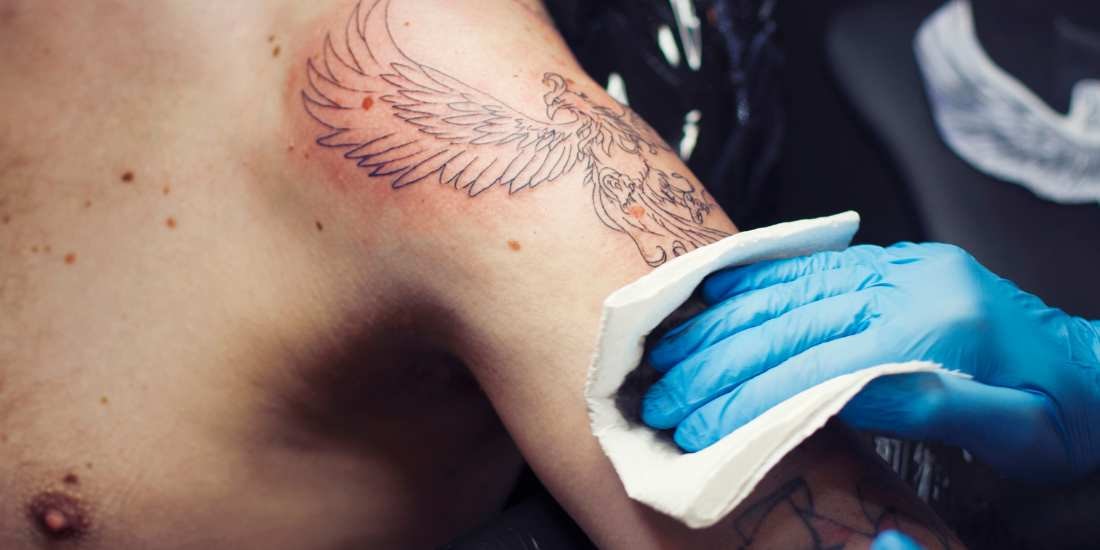
Potential Side Effects and Safety Concerns
While numbing cream can reduce pain and ease anxiety, it’s not without potential drawbacks. The most common issues people encounter include skin irritation, redness, or mild swelling at the site of application. In most cases, this irritation is temporary and resolves quickly. However, in some instances, individuals may have stronger reactions to the active ingredients, leading to more pronounced discomfort.
For those who have specific medical conditions, especially related to the heart or certain allergies, using skin numbing creams may pose additional risks. Always consult a dermatologist or medical professional before applying these products if you have any known health concerns. Moreover, overusing or misusing the cream can lead to excessive absorption into the bloodstream. Such situations could cause more serious complications, ranging from prolonged numbness to systemic reactions.
Be sure to follow all application instructions closely. Never apply more cream than recommended or leave it on longer than instructed. Also, avoid using the cream on broken or irritated skin, as this can increase the risk of negative effects. If severe irritation occurs, stop using the cream immediately and seek medical guidance. By approaching numbing cream use responsibly, you can minimize risks and have a safer experience.
Choosing the Right Tattoo Numbing Cream
When selecting a numbing cream, consider factors like the concentration of lidocaine, the product’s reputation, and any certifications or approvals it may have. Look for a cream containing around five percent lidocaine for robust results. Higher concentrations can provide a stronger numbing effect, but that doesn’t necessarily mean it’s safer or more suitable for everyone. Balance is key.
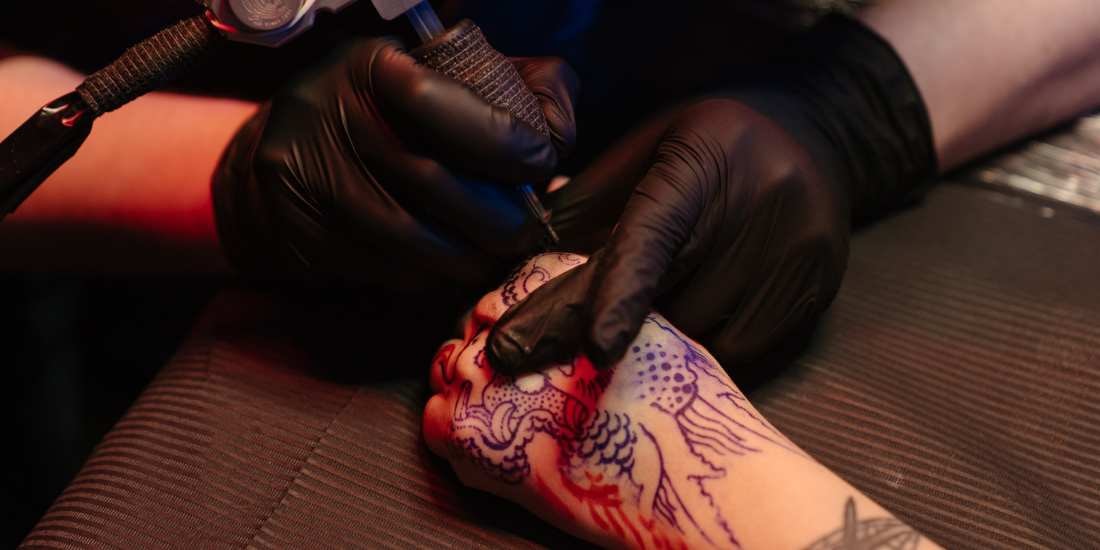
Researching brands and reading user reviews can guide you toward the most reliable options. Many artists or dermatologists may recommend specific products known for consistent quality. Check whether the cream is over the counter or requires a prescription. Over-the-counter options are common, but prescription products might be more potent. Consider your pain tolerance, the tattoos’ placement on your body, and how long the tattoo session is likely to last.
Reading Labels and Ingredients
Always read the product label thoroughly. Look for active ingredients like lidocaine and other anesthetics. Check if any other ingredients might cause skin irritation. Pay attention to any warnings or contraindications listed by the manufacturer. If you’re wondering how to ensure a safe experience, perform a patch test on a small area of skin before fully committing. This can help you avoid unexpected reactions when you apply the cream more extensively.
FDA Approval and Reputable Brands
While not all numbing creams receive FDA approval, such approval can serve as a good indicator of safety and quality standards. Brands with established reputations and transparent ingredient lists tend to be more trustworthy. Asking your tattoo artist or a dermatologist for recommendations can streamline the selection process. Since tattoos are a permanent change to your skin, investing time in choosing a proper numbing cream is a sensible step.
How to Properly Apply Tattoo Numbing Cream
Proper application is critical for achieving an effective numbing sensation. Start by cleaning the skin thoroughly. Remove any lotions, oils, or residues that might hinder the cream’s absorption. Dry the area completely. Following the product’s application instructions is crucial—do not rush this step.
Preparation and Timing
Most numbing creams require about 30 to 60 minutes to take effect. Apply a thin layer of cream to the area you plan to have tattooed. A slow, careful approach ensures even coverage. Some people use plastic wrap to cover the cream, enhancing absorption and maintaining the cream’s potency. Just before the tattoo session begins, remove the wrap and gently wipe off any excess cream. Doing so helps ensure that the skin is ready for the needle without affecting the ink application.
Application Tips for Best Results
Avoid applying more cream than recommended. Excessive amounts can increase the risk of complications. Follow the directions precisely for maximum effectiveness. If in doubt, consult a dermatologist or ask your tattoo artist for advice. They can provide insights into how much cream to apply, how long to leave it on, and whether any adjustments are needed based on your skin type.
If you experience mild irritation or unusual sensations after applying the cream, discontinue use and seek medical guidance. Everyone’s skin responds differently, so what works well for one person might not be ideal for another. When applied correctly, numbing cream can make the tattoo session more comfortable, allowing you to endure the process with less pain.
Alternatives to Numbing Cream for Tattoo Pain Relief
Not everyone wants to use numbing cream, and that’s perfectly fine. There are alternative methods to help you cope with the pain of tattoos. Breathing exercises and relaxation techniques, for instance, can help lower your anxiety. By focusing on steady breathing patterns, you may find that you are better able to handle the discomfort. Taking more breaks during the tattoo session, if your artist agrees, can give you mental rest and help you regroup.
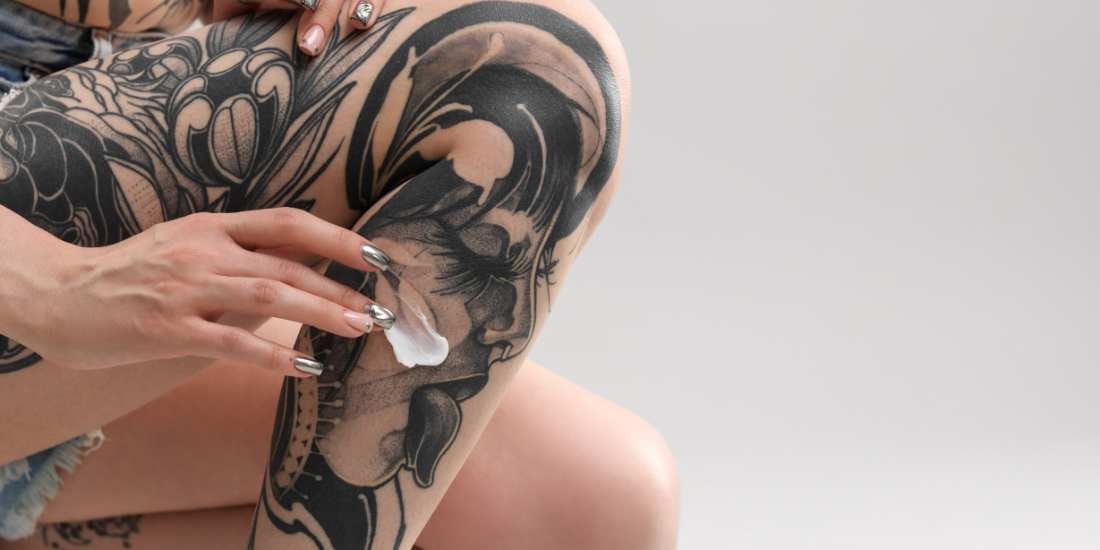
Some individuals apply ice packs before starting to get inked. While ice won’t produce as strong a numbing effect as a dedicated topical anesthetic, it can mildly dull the nerves for a short period. Unlike skin numbing creams, these natural methods do not rely on chemicals to reduce pain. They may, however, be less potent and might not provide consistent relief.
Remember, each person’s pain tolerance is different. What feels manageable for one individual may be overwhelming for another. Experimenting with non-chemical methods first might help you gauge your ability to withstand pain and decide whether you ultimately want to use numbing cream for future tattoos.
Tattoo Artist Perspectives on Numbing Cream
The opinion of your tattoo artist matters significantly. Some artists appreciate the use of numbing cream because it helps clients stay calm and still. With less movement, the artist can work more precisely. Less pain can mean fewer involuntary flinches, resulting in cleaner lines and more consistent shading.
On the other hand, some artists feel that experiencing pain is part of the tattoo tradition. They might believe that going through the discomfort contributes to the meaning behind the final piece. Additionally, certain artists worry that some creams may affect the skin texture or the ink’s saturation, making their job more challenging. Open communication is key. Discussing your plans to use numbing cream beforehand allows the artist to share their perspective and possibly guide you toward the best product or alternative methods.

If your chosen artist strongly discourages the use of numbing cream, ask for their reasoning. It could be related to past experiences with clients, concerns about skin reaction, or the belief that pain ensures a more authentic connection to the body art. Ultimately, respecting the artist’s expertise, while balancing your own comfort, helps you find a satisfactory middle ground.
Precautions and Contraindications
Before applying numbing cream, consider any health conditions or allergies you may have. People with certain cardiac issues or known allergies to lidocaine should be extra cautious. Consulting a dermatologist or a qualified medical professional ensures that you are taking appropriate measures. The goal is to prevent complications that might arise from using a product that isn’t suitable for your situation.
It’s also important not to rely solely on numbing cream to manage a severely painful area. If the pain is too intense, you might risk pushing your body too far, ignoring signals that something could be wrong. Overly numb skin could mask trouble, such as the needle angle being off or the pressure being too high. Balance comfort with awareness. If something feels amiss during the tattoo session, let the artist know, and consider taking a break rather than pushing through with artificial numbness.

Expert Tips for Minimizing Tattoo Discomfort
While numbing cream helps, you can also take other steps to make the experience more tolerable. Before the tattoo session, ensure you are well-rested, hydrated, and have eaten a good meal. A stable physical state can influence how your body perceives pain. Managing your posture during the session can also matter. Try to relax your muscles. Tension can amplify pain signals, making the tattoo more painful than it needs to be.
Wearing loose-fitting clothing that doesn’t rub against the tattooed area is another simple step. Friction can lead to unnecessary irritation after the session is over. Following your artist’s aftercare instructions carefully also contributes to a smoother healing process. Although even the best strategies may not fully prevent discomfort, combining them can help reduce pain and anxiety.
Your choice of artist plays a role as well. A skilled artist who works steadily and evenly can help minimize trauma to the skin. An experienced professional often knows techniques that reduce unnecessary needle passes. By selecting a reputable artist, you are more likely to have a positive experience overall.
Making an Informed Decision
Deciding whether to use numbing cream involves weighing the pros and cons. On one hand, it can reduce pain, help you endure longer tattoo sessions, and ease anxiety. On the other hand, there are potential side effects, additional costs, and the possibility that the cream won’t work as effectively as you hope.
If you find yourself uncertain, consider speaking to both a dermatologist and your tattoo artist. These professionals can provide tailored advice based on your skin type, health status, and the complexity of the tattoo design. Remember that it’s your body, and your comfort should be a priority. At the same time, respecting the artist’s input and ensuring safety should not be overlooked.
Whether you choose to use numbing cream or rely on natural pain management techniques, staying informed helps you approach the tattoo session with confidence. Understanding all aspects of the process ensures that you won’t be caught off guard, and you’ll be better equipped to handle any challenges that arise.
FAQ
Is Tattoo Numbing Cream Safe?
When used according to guidelines, tattoo numbing cream is generally considered safe. Most formulas rely on active ingredients like lidocaine to create a potent numbing effect without causing lasting harm. However, individual reactions can vary. Always do a patch test to check for skin irritation or redness. If you have underlying medical conditions, consult a dermatologist before applying any cream. Safety comes from proper use, adherence to the product’s instructions, and proactive communication with professionals.
Can I Reapply Numbing Cream During a Session?
Reapplication during a tattoo session can be tricky. Adding more cream might seem like a quick way to maintain the numbing effect, but it can also lead to issues like skin saturation and unpredictable reactions in the nerves. Always ask your artist before reapplying cream. Some artists prefer not to interrupt the tattooing process, as it could affect the ink’s placement or the skin’s texture. Reapplication may also influence the effectiveness of the cream. If you must reapply, do so with caution and follow professional guidance.
Are There Natural Alternatives?
Yes, alternatives do exist for those who prefer not to use numbing cream. Techniques like controlled breathing, meditation, and taking short breaks during the tattoo session can help calm the nerves and reduce perceived pain. Applying ice before the session may also provide mild relief. Although these approaches may not be as potent as skin numbing creams containing lidocaine, they still offer some help in managing painful areas. Adjusting your mindset, focusing on steady breathing, and wearing comfortable clothing to prevent friction can all contribute to a less stressful tattoo experience.
Does Numbing Cream Affect Tattoo Healing?
If used correctly, numbing cream should not hinder the healing of tattoos. However, misuse or overuse can cause problems. Applying excessive amounts of cream or not following the recommended guidelines may lead to unexpected issues as the body attempts to recover. If the cream interferes with the skin’s natural processes, healing may slow down. Listen to your artist’s aftercare instructions, avoid unnecessary reapplication, and ensure that your chosen product does not cause severe irritation. By targeting pain receptors to reduce discomfort during the procedure, numbing cream generally does not impact the long-term outcome if managed responsibly.
